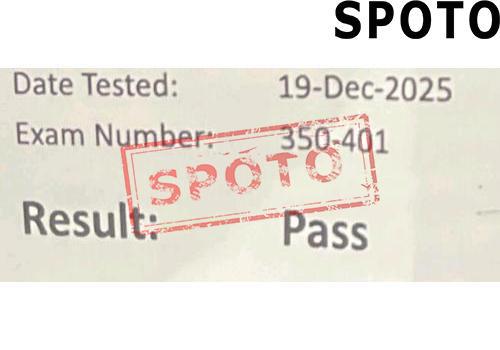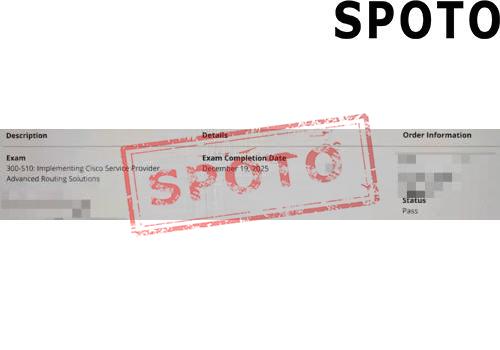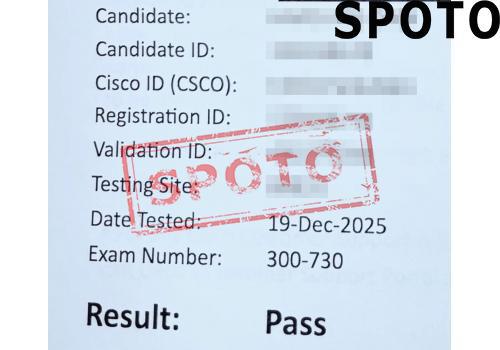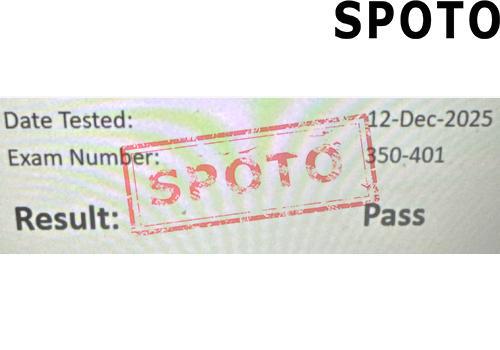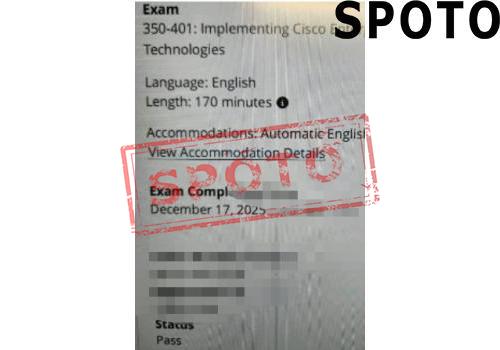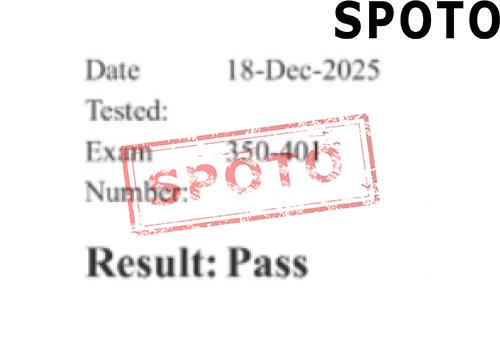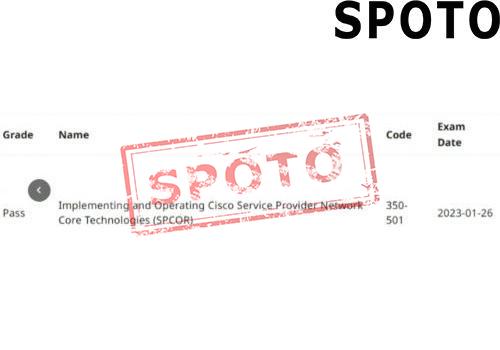
Table of Contents
A new 5-day ILT course called Implementing fundamental Cisco ASA Security (SASAC) v1.0 covers the fundamentals firewall and VPN functionality of Cisco ASA 9.0 and 9.1 and includes practical labs. To deploy basic Cisco ASA capabilities, including the latest ASA 9.0 and 9.1 features, network security engineers working on the Cisco ASA Adaptive Security Appliance will need to complete the Cisco ASA-basic v1.0 course.
Among these technologies, the Cisco Adaptive Security Appliance (ASA) has emerged as a cornerstone in network security. With the best training, organizations can fortify their network security through the core principles of Cisco ASA Security, ensuring a robust defense against cyber threats.
Course Goal:
The student will be able to accomplish these broad goals after finishing this course:
- Cisco ASA fundamentals
- Device management and connection
- Integrating the network
- Configure typical Cisco ASA OS features
- Cisco ASA policy management
- Common parts of the Cisco ASA VPN core
- Essential VPN components
- VPN services provided by Cisco
- Full-tunnel VPN service from Cisco
- High availability and virtualization options for Cisco ASA
- The characteristics of Cisco's ASA 5500-X Series Next-Generation Firewalls
What will you learn?
A Cisco ASA is vulnerable to assaults if the management plane is not adequately protected. You will master the essential skills to protect all your organization's ASAs in this course: Cisco Core Security and Network Security with Cisco ASA. You will initially learn how to protect administration access to the device. The next thing you will learn is how to use Cisco ISE to offer centralized device management. The last thing you will look at is how to utilize Cisco Security Manager to automate management tasks for numerous ASAs. After completing this course, you will possess the management plane hardening abilities required to protect your ASAs.
Characteristics and Capabilities
The vital operating system of the Cisco ASA Family is Cisco Adaptive Security Appliance (ASA) Software. It provides ASA devices with enterprise-class firewall functionality in various form factors, including standalone appliances, blades, and virtual appliances, for any distributed network environment. Additionally, ASA Software interfaces with other essential security technologies to create complete solutions that address ever-changing security demands.
Benefits of Cisco ASA Software include:
- Provides integrated IPS, VPN, and Unified Communications features
- High-performance, multi-site, multi-node clustering aids in boosting an organization's capacity and performance.
- Delivers high availability for high-resiliency applications
- Allows for interaction between real and virtual devices
- Provides for the particular requirements of the data center and the network
- Combines identity-based firewall technology and Cisco TrustSec security group tags to provide context awareness.
- Enable context-specific site-to-site VPN and dynamic routing.
Understanding Cisco ASA Security:
The Cisco ASA is an integrated security solution that combines a firewall, virtual private network (VPN), intrusion prevention system (IPS), and content security services into a single device. It offers comprehensive protection against various cyber threats, from unauthorized access attempts to malware and data breaches. The Cisco ASA acts as a vital barrier between a network and potential threats from the internet, making it a crucial component in any organization's cybersecurity strategy.
The Importance of Network Security:
In an era when cyber attacks are growing in frequency and complexity, network security has transitioned from a peripheral concern to a top priority. The consequences of a security breach can be devastating, leading to financial losses, compromised data, damaged reputation, and legal repercussions. As more devices connect to the internet, the attack surface increases, making it imperative for organizations to adopt robust security measures to protect their valuable assets.
Core Principles of Cisco ASA Security:
Cisco ASA Security training covers a spectrum of topics that empower network professionals to design, implement, and manage effective security strategies using the Cisco ASA platform. Here are some core principles that were emphasized in Cisco ASA Security training:
- Firewall Configuration: Cisco ASA acts as a firewall that filters and controls incoming and outgoing traffic. Training equips professionals to set up firewall rules, access control policies, and intrusion prevention mechanisms to prevent unauthorized access and attacks.
- VPN Deployment: Virtual Private Networks (VPNs) play a crucial role in securing communication over untrusted networks. Training provides insights into configuring site-to-site and remote access VPNs, ensuring secure data transmission between geographically dispersed locations.
- Intrusion Prevention: Cisco ASA can identify and prevent network-based attacks through its Intrusion Prevention System (IPS). Training covers the deployment of IPS policies to detect and mitigate suspicious activities and known attack patterns.
- Content Security: Cisco ASA can also enforce content security policies to filter web traffic and prevent malware infections. Professionals learn to configure URL filtering, malware detection, and other content security mechanisms.
- High Availability and Redundancy: Ensuring uninterrupted network security is crucial. Training teaches professionals how to implement failover and redundancy mechanisms to maintain security in the face of hardware or connectivity failures.
Advantages of Cisco Training for ASA Security:
- Expertise: Cisco training provides a deep understanding of ASA Security, allowing professionals to make informed decisions when configuring and managing security policies.
- Customization: Different organizations have unique security needs. Training enables professionals to tailor Cisco ASA Security to align with specific requirements.
- Threat Mitigation: With the evolving threat landscape, security professionals need to stay ahead. Cisco training equips them with the skills to identify and respond to new and emerging threats.
- Efficient Operations: A well-trained team can efficiently manage security policies and respond to incidents, minimizing downtime and reducing the impact of attacks.
- Compliance: Many industries have stringent regulatory requirements for data security. Cisco ASA Security training ensures that organizations can meet these standards.

The Cisco Training Experience:
Cisco training offers a comprehensive and structured learning experience that caters to professionals at various levels of expertise. Whether you're new to network security or an experienced professional looking to enhance your skills, Cisco training has something to offer:
- Beginner to Advanced: Cisco ASA Security training is designed to cater to beginners and experienced professionals. Beginners can start with the fundamentals and gradually progress to advanced topics.
- Hands-On Labs: Cisco training often includes hands-on labs that simulate real-world scenarios. This practical experience enhances understanding and skill application.
- Certification Paths: Cisco offers certification tracks for security professionals, such as the Cisco Certified Network Professional Security (CCNP Security) certification. Training prepares individuals for certification exams, validating their expertise.
- Industry Recognition: Cisco certifications are recognized globally and hold value in the job market. Having certified professionals on your team can enhance your organization's credibility.
